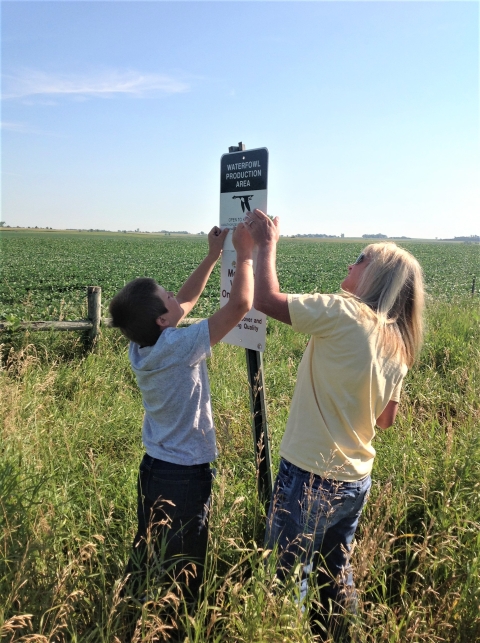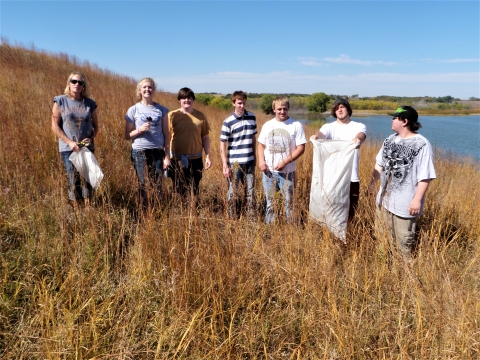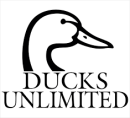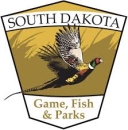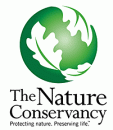Volunteering
More than 42,000 people volunteer their time and ideas each year to the U.S. Fish and Wildlife Service. Whether they work on the land, in a visitor center or with youth, they contribute to the conservation mission that reaches back more than a century. Become a volunteer or Refuge Friend to contribute your strength on behalf of America’s natural resources.
Residential Volunteer Opportunities
- Late in 2009, we completed the construction of 2, 20’ x 50’ trailer pads complete with sewer, water, and 50-amp service. We anticipate accommodating volunteers during the spring through fall months. We will require a minimum of 24 hours per week per person.
- Current volunteer needs include lawncare, facility maintenance, noxious weed mapping and control, tree removal, seed collecting, and boundary signing. Bring your skills and enthusiasm for an action-packed experience! Training will be provided for the operation of certain pieces of equipment.
- South Dakota’s interior continental climate exhibits an extreme range of temperatures between summer and winter, common high winds, and cyclic wet/dry periods. Temperatures range from an average high of 83 degrees in July to 2 degrees in January. The number of sunny days averages 210. Average annual rainfall is 22.9 inches while annual snowfall averages 33.4 inches.
- Madison (pop. 6,319) is the seat of Lake County, nestled amongst several prairie lakes. From Sioux Falls (I-90), travel 26 miles north on I-29, then west 20 miles on Hwy. 34. A wide variety of businesses amply provide for comfortable living conditions. Any other consumer needs are available in Sioux Falls, 40 minutes away.
- If you or anyone you know is interested in doing volunteer work, please contact us at (605) 256-2974
From its start in 1903, the National Wildlife Refuge System has owed its very existence to concerned citizens eager to protect America's natural resources. More than 200 nonprofit Refuge Friends organizations support national wildlife refuges, whether they work with a single refuge, a refuge complex or an entire state. Friends members are crucial to conserving and protecting our nation’s wildlife and teaching millions of Americans that their actions today determine the conservation legacy of tomorrow.
Our Partners
The conservation issues of today are complex and challenging and often extend past District or state boundaries. A network approach to conservation will ensure the sustainability of America’s land, water, wildlife, and cultural resources that are important to quality of life and local economies.
District staff has established partnerships with a wide variety of local, State, and national groups in efforts to achieve habitat objectives or expand environmental education. Local partnerships with weed boards, water resource boards, rural volunteer fire departments, law enforcement departments, Scouts, 4-H clubs, and private landowners are essential to habitat preservation and conservation. The district has worked closely with South Dakota Game, Fish & Parks on projects such as hunting and fishing opportunities, disease issues, and management of habitat and invasive plants. District staff has developed partnerships with groups and agencies such as Ducks Unlimited, The Nature Conservancy, South Dakota State University, National Fish and Wildlife Foundation, U.S. Geological Survey, and Natural Resources Conservation Service for habitat management, research, and environmental education.
The National Wildlife Refuge System is committed to building partnerships which encourage conservation and preservation of our natural and cultural resources. Partnerships with the Refuge System bring innovative approaches to solving land management and water disputes in the most environmentally protective manner. Scientifically-informed and technologically-based stewardship of our public lands, waters, wildlife and special places must be collaborative efforts between the Refuge System, other government agencies, and private organizations if conservation efforts are to succeed.
Outreach
The Partners for Fish and Wildlife Program in South Dakota uses a "no rules" philosophy to develop partnerships and programs that simultaneously promote wildlife conservation and sustainable agriculture.
Dennis and Jean Fagerland, South Dakota farmers and Partners participants, capture this spirit and note that the program "has proven itself to work, making agriculture and wildlife compatible with one another."
The South Dakota Partners Program has utilized this philosophy to voluntarily restore, enhance, and develop tens of thousands of acres of grassland and wetland habitats throughout the state, all with full landowner support and encouragement. A common thread through every South Dakota Partners project is the ability to be flexible and responsive enough to accommodate the site-specific needs and concerns of landowners. Since 1991, this approach has resulted in over 3,600 South Dakota landowners becoming valued Partners for Fish and Wildlife partners, and the number of new landowner requests for assistance continues to accelerate.



